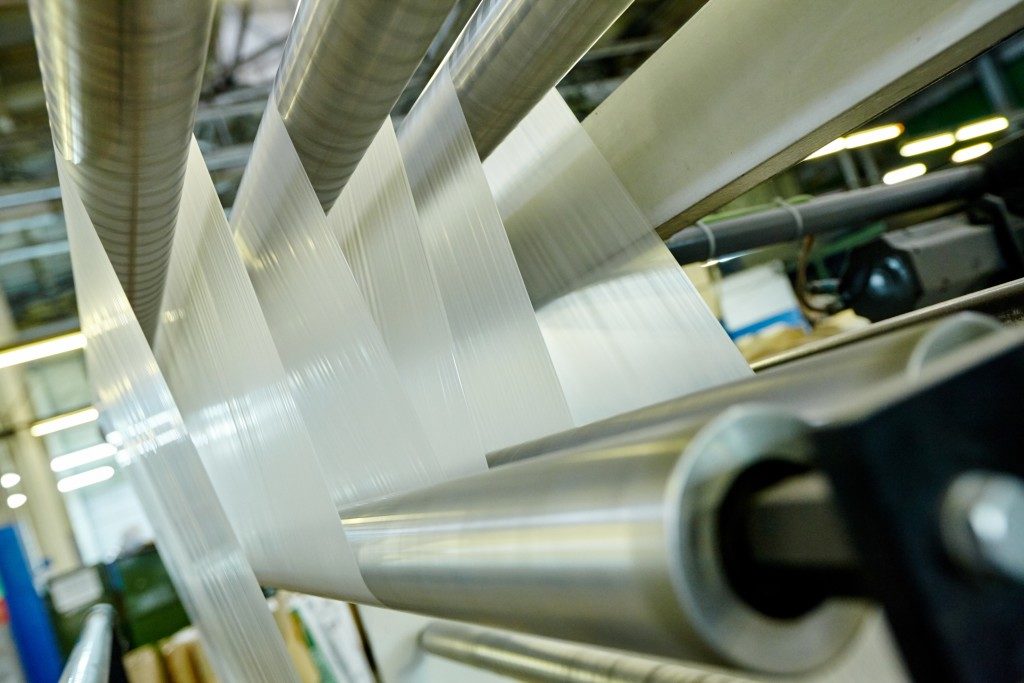Wherever you may be right now—home, office, or in your car—you can see plastic. Plastic is so prevalent these days that it’s almost everywhere. So many industries rely on plastic that more than 300 million tons of plastic are produced every year.
For instance, construction companies are relying more on polyethylene pipe fittings and corrugated polyethylene pipes.
Polyethylene in a Nutshell
Polyethylene is a type of resin that is durable, light, and flexible. It is made through a process called polymerization, which is combining the resin with ethylene. Polyethylene is classified as thermoplastic, as it is through heat that this type of plastic is formed. Thermoplastic materials liquefy when they reach their melting point, and that is key to their versatility, as they can be injection molded into any form. After use, they can be recycled again using heat.
Types of Polyethylene
Low-Density Polyethylene or LDPE. This is a highly flexible material; it is highly ductile, but the tensile strength is low.
Linear Low-Density Polyethylene or LLDPE. Shares similar characteristics with LDPE, with the major exception of production efficiency—it uses less energy during production.
High-Density Polyethylene or HDPE. This is characterized by its strength due to its high density; it makes for stiff plastic products. Typically, HDPE is used as containers for milk, juices, soda, laundry detergent, cutting boards, trash bins, etc.
Ultrahigh Molecular Weight Polyethylene or UHMW. This has the highest density of all polyethylene types. It can be produced in strands many times stronger than steel, which makes it the preferred choice as material for bulletproof vests.
Why is Polyethylene Popular?
Because of its viability in different forms and its cost efficiency, polyethylene is used in many applications.
Polyethylene Pipes and Fittings

One of the major uses that polyethylene is known for is for pipes and fittings, which are widely used in various pipeline infrastructures. The major factor in this is its versatility and durability, as well as its ability to resist corrosion in practically all ground conditions. More than that, because of its flexibility, polyethylene pipes allow can bear the load and vibration of ground movements without needing extra protective layers.
To join polyethylene pipe systems, fusion or butt-welding is used. With this method, joint distortion is avoided. For PE fittings, electrofusion and butt welding are used. The polyethylene fittings are corrosion resistant and flexible, making them ideal for irrigation and water supply, gravity sewer, rising mains, slurry pipelines, and trenchless pipelines.
Trenchless Installation
One of the major considerations that the construction industry has for polyethylene pipes is its viability to be installed without digging a trench, unlike the traditional cement pipelines. Trench digging calls for closing the section of the road to be dug; therefore, creating more potential for traffic build-up. With trenchless installation, all that is needed is a horizontal directional machine that bores a long, continuous hole in the ground. When the target length is achieved, the polyethylene pipe is pulled back through the hole and the installation is complete.
Apart from all its other characteristics, polyethylene has a minimal environmental impact. Compared to non-plastic pipes, polyethylene requires less energy to manufacture. As it is lightweight, it becomes more cost effective to transport compared to metal pipes. In producing polyethylene, no potentially hazardous toxins are released into the air.
Polyethylene has a wealth of potential, and along with its environmentally friendly characteristics, it is sure to serve a host of industries for a very long time.

